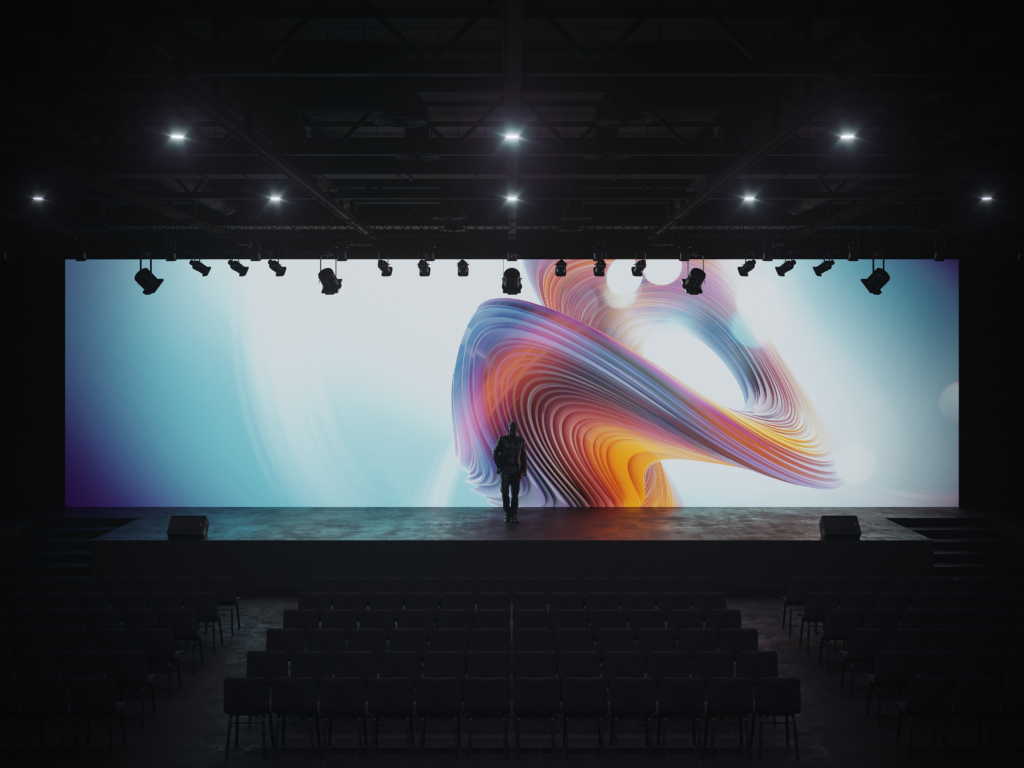Investigating the Effectiveness of Diverse LED Display Calibration Methods for Ideal Visual Output
Wiki Article
LED displays have grown increasingly popular in various environments, such as theater venues, musical events, and business gatherings. These expansive displays provide vibrant colors and crisp images, making them ideal for visual presentations. However, to achieve the best visual quality, appropriate tuning of Light Emitting Diode screens is crucial. Tuning refers to the method of modifying the screen parameters to guarantee that colors, brightness, and contrast are accurate and consistent. Various tuning methods can considerably influence the total standard of the display encounter, making it vital to investigate the efficacy of these methods.
One common technique for calibrating LED walls is manual calibration. This approach involves modifying the parameters by hand, often using specialized instruments and programs. Specialists typically examine the screen's color accuracy and luminosity levels, making modifications based on their observations. Handheld tuning allows for a significant degree of customization, as specialists can adapt the parameters to the specific environment and content being displayed. However, this approach can be labor-intensive and demands a proficient technician to achieve optimal outcomes. In spite of its difficulties, manual calibration can lead to impressive visual quality when done properly.
Another popular calibration method is the application of automated calibration. This method uses programs and devices to measure the screen's functionality and make modifications automatically. Automated tuning can conserve time and reduce the potential for manual mistakes, as the software can quickly analyze the screen and apply the necessary modifications. This method is particularly beneficial in environments where the LED screen is frequently used for various types of content, as it can adjust to different lighting conditions and material requirements. While automated calibration may not offer the same level of personalization as manual calibration, it can still deliver superb outcomes for many uses.

A thirdly technique worth mentioning is the use of hue tuning instruments. These devices, such as color measurement devices and spectrophotometers, assess the color output of the Light Emitting Diode wall and help confirm that the colors displayed are accurate. By using these instruments, specialists can detect any inconsistencies in color reproduction and make the necessary modifications. This method is led wall calibration software especially crucial for uses where hue accuracy is critical, such as in graphic design or film creation. Hue calibration tools can enhance the total display performance of LED walls, guaranteeing that the viewers sees the intended colors and details.
In summary, the efficacy of different Light Emitting Diode wall calibration methods plays a vital role in attaining optimal visual quality. Handheld tuning offers customization but can be time-consuming, while automatic tuning provides speed and uniformity. Additionally, hue calibration tools help confirm correct color reproduction, which is vital for many uses. By comprehending and utilizing these calibration methods, specialists can enhance the display encounter for viewers, making Light Emitting Diode walls an even effective instrument for communication and entertainment. As innovation continues to advance, ongoing research and evolution in tuning methods will likely lead to more improved visual performance in the future.